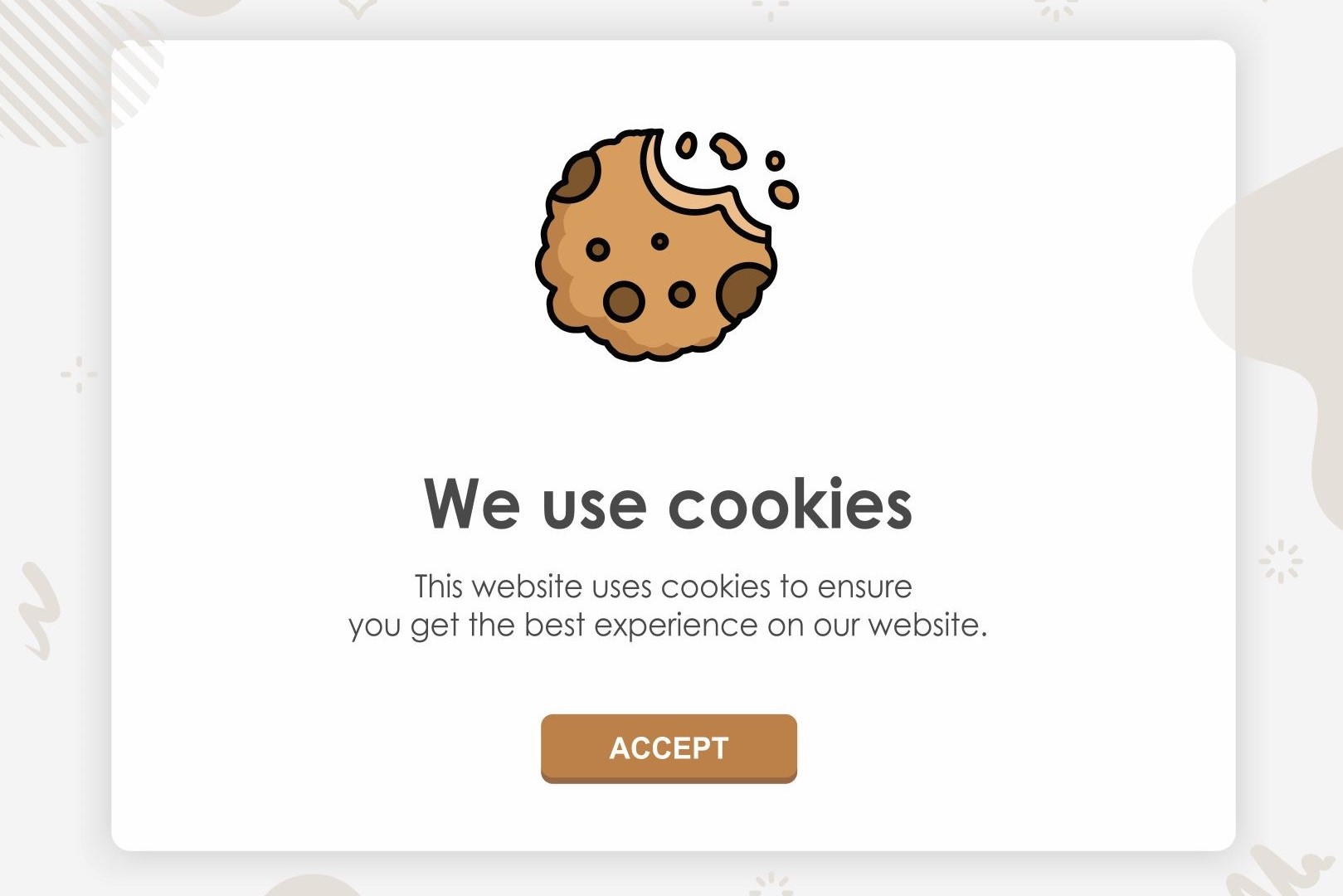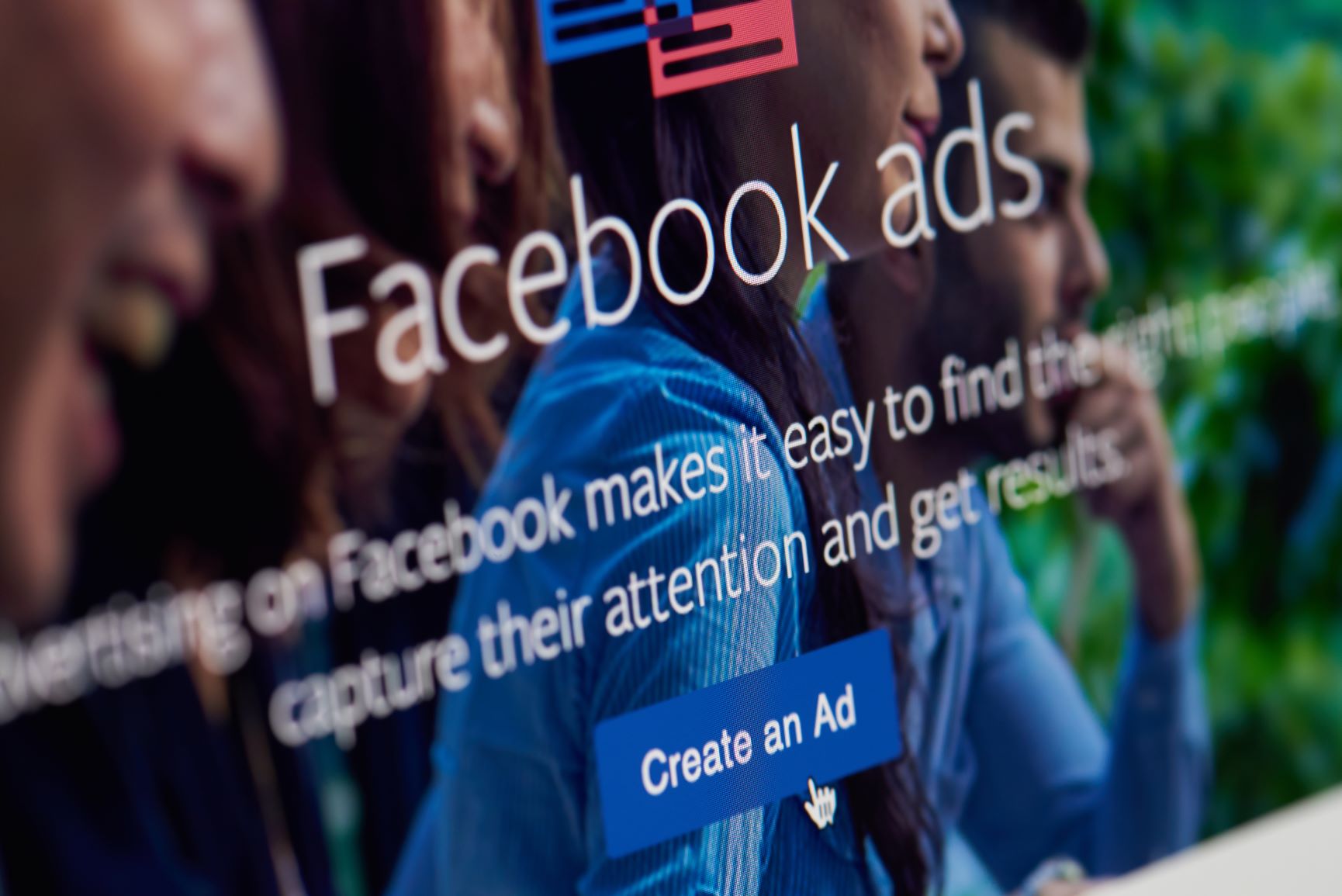Much has been written about the recent and upcoming privacy changes, not all of it very clear. We’re going to break them down simply, talk about what they might mean for you, and what you should be doing about them now.
But first, it’s important to say that a lot of the recent and upcoming changes are positive and necessary. The way people’s data is used and shared without their knowledge or consent is unsustainable. A multitude of personal data leaks has shone a big, bright spotlight on this.
That’s not to say the changes being implemented by tech giants such as Apple and Google are wholly altruistic. Their stated aim may be to protect users, but the underlying motive is at least partly driven by shoring up competitive advantages. Even so, changes were needed and they’re finally happening. It’s going to be a bumpy ride, but the right balance between privacy and personalisation is a destination we should all be trying to reach.
Let’s start with some recent history
Cookies, text files stored on a user’s device to track them across the web, come in two flavours:
First-party – the best tasting. Created by the website/domain the user is visiting, to help provide a better user experience and gather analytics data. Useful for things like remembering language preferences, automatic logins and what users added to their shopping cart.
Third-party – still tasty but you can receive these from companies you didn’t order any from, plus there are bad batches out there. Created by different websites/domains to the one the user is visiting. Mainly used for tracking, targeting and other online-advertising purposes.
Since they can help advertisers gain a deep understanding of customers, cookies have long been used to influence and track the success of ad campaigns across websites and social media. Privacy concerns stem from how much personal data is being captured and the lack of regulation on how it’s shared or sold between companies.
Also, cookies have never been a great solution on mobile devices. They’re not shared between apps and browsers, which limits their ability to track the full customer journey. This, combined with the privacy concerns, is why the cookie is crumbling (sorry).
The death of the cookie is not the only big change. Concerns about misuse of personal data (did someone mention the Facebook/Cambridge Analytica scandal again?!) have resulted in tougher legislation. We’ve all experienced the sometimes-confusing privacy consent pop-ups thanks to the General Data Protection Regulation (GDPR) of 2018.
Alongside tighter legislation, tech giants such as Apple and Google have recently announced a tightening of their privacy policies with significant ramifications for advertisers. Privacy is a hot topic – and it’s going to keep us all on our toes for the next few years.
What we know is about to happen
Further privacy tightening, both from tech companies and legislation, is inevitable. Some of the announcements we’ve seen so far include:
- Google Chrome blocking third party cookies by default from 2022.
- Apple App Tracking Transparency (ATT) safeguard in iOS14.5 – a prompt notification that means users have to explicitly give permission to be tracked.
- The California Privacy Rights Act (CPRA) legislation coming in 2023 – think a less strict version of the GDPR for the state of California.
What people are guessing will happen next
Tracking users across different platforms, devices, browsers and apps will get harder – at least in the short term. Most commentators assume iPhone users won’t be opting in to be tracked. According to Verizon-owned analytics company Flurry, in the US just 4% of iPhone users agreed via the ATT to being tracked after updating their device, worldwide just 12%. That leaves a large percentage of people to whom advertisers can no longer serve targeted ads.
The full impact of ATT is unclear. One thing is certain – Apple is serious about ATT and its privacy proposition. Its emphasis on blocking workarounds shows this. Other companies are likely to take notice and tighten their own privacy policies.
What does all this mean for you? Once these changes are rolled out, there are likely to be some measurement and targeting black holes in your Customer Journey. Getting data in or out of the tech giants’ walled gardens will become more difficult. Your advertising strategy and media plans will be further fragmented, while optimal ways to replace the third-party data are implemented and refined. Advertising budgets will shift heavily to publishers or social media platforms that can still offer granular targeting. Those inventory costs are going to increase.
So, what are the possible solutions?
While there’s no ubiquitous solution, there are a number of interesting avenues of investigation and in-market products to explore. As you’d expect, the three of the Big Four most affected are leading the charge:
Facebook is tackling the problem on multiple fronts. Two of the most interesting are:
- A new version of Atlas, Facebook’s ad platform. This uses first-party data as a basis for targeting. Atlas enables Facebook to serve ads outside its existing ecosystem, with sophisticated privacy-friendly tracking across desktop and mobile.
- The Facebook Conversions API tool. This was developed to help businesses maintain users’ privacy, while delivering personalised advertising and providing data transparency and control. It connects businesses’ data (CRM, sales platforms, etc.) to Facebook, enabling more accurate tracking across the customer journey. And it works with Facebook pixel to help improve the measurement and performance of ad campaigns.
Google, meanwhile, has been working on an alternative to tracking at the individual level. Federated Learning of Cohorts (FLoC) groups users based on demographics and interests derived from their browsing history. It’s designed to enable targeted ads without third-party cookies. However, FLoC’s critics say it can be combined with more invasive forms of tracking to gain personal data on an individual. It’s still in testing, so we’re yet to see how Google addresses these concerns. They’re not alone in their approach though. Other providers, including Apple, are reported to be investigating cohort-based solutions. Grouping anonymized user data based on similar interests, behavioural characteristics, GEO location and so on, is not revolutionary. The proof will be in the pudding (I’m STILL thinking about cookies). How these solutions are executed will be key.
Another area where Google is giving advertisers hope is Contextual Targeting. Like the cohorts approach, displaying ads next to relevant content is nothing new. It’s previously taken a back seat to the data-rich behavioural targeting that cookies offered. But due to its privacy-friendly effectiveness at improving campaign performance, it’s back on the table. Contextual Targeting doesn’t provide the accuracy or granularity of cookies and it’s not a solution for the measurement challenge. Still, for campaigns that don’t require niche behavioural targeting, it’s a viable alternative. Expect to see more sophisticated (i.e., AI powered – more on that later), next generation Contextual Targeting solutions offered by advertising platforms and other vendors.
Apple has it’s SKadNetwork – “an ad network API that helps advertisers measure the success of ad campaigns while maintaining user privacy”. It collects campaign and conversion data on mobile devices for iOS apps without exposing user or device level data. You may wonder what’s the difference between this and the other solutions. The simple answer is that SKadNetwork is focused on the in-app environment on mobile. It’s been around since 2018, when uptake was low. Apple has been quietly improving it and, with the announcement of ATT, it’s suddenly become very relevant.
Where is Amazon in all of this? Their almost exclusive use of first-party data means they are comparatively less affected than the rest of the Big Four. In fact, CNBC reported that Apple’s ATT announcement seems to be having a positive impact on Amazon ad business – “Amazon’s “other” business category, which is primarily (but not exclusively) ad revenue, grew 77% in the first quarter to $6.9 billion in revenue.”
As a few commentators have vehemently pointed out, some of the upcoming challenges we face were caused by these tech giants. So, they’ll be under considerable pressure to provide solutions.
What advertisers must do now
With cookies turning stale (last one, I promise), regulations tightening, and tech giants giving users more control of their privacy, what should you be doing right now?
First-party data
If you’re not already, start treating your customer data as a key asset. Decreasing your reliance on third-party audiences by growing your first-party data is one of the smartest things you can do to prepare. Data collected directly from customers is more relevant, accurate and higher quality. And better data brings better insights, which will increase the effectiveness of your advertising. But it needs to be collected in the right way. Taking a privacy-by-design approach will result in more authentic and trusted customer relationships.
First, how is your Data Strategy looking? Creating or updating this is fundamental to your prep. Like any strategy, it should give you a clear path of action to reach your goals. At the top level, you should be thinking about:
- What is your data going to help you achieve?
- How are you going to use it in practice?
- What insights or measurements are you looking for?
- What data do you have, what state is it in, and what are you missing?
- How will you ensure data security, privacy, integrity, quality, regulatory compliance, and governance?
- What resource and technology will be required?
- What do you need to communicate to customers, so they’re comfortable with the way you store and use their data?
With your Data Strategy mapped out, it’s time to build your understanding of your different customer types and where they can be found. Take a test and learn approach, to see what data collection methods work best for which customer types. The key is to provide a fair, safe and transparent value exchange. Here are some collection methods for you to explore:
- Non-cookie reliant lead generation across all channels
- Social media advertising and engagement
- Email marketing
- Content creation
- Free/freemium products, services or games
- Loyalty programs
- Polls, surveys and customer feedback
- Giveaways and prizes
- Point of purchase and customer service interactions
- Websites and apps behavioural analytics
- In-stores Bluetooth beacons (wireless transmitters that can push notifications and pull information about customer location and in-store browsing behaviour)
Don’t stop at the standard options. Innovate and experiment until you find a good mix that covers all your targeted customer types.
The right technology stack is also critical. Storing data is just the start. You need the right selection of tools to enable you to access, analyse and use it effectively. Customer Relationship, Data Management and Intelligence platforms can all be very powerful, especially when combined. Your strategy and objectives will dictate the right solution. This is one area where expert advice is essential – you do not want your brand associated with a customer data leak.
Last but not least, don’t neglect brand-building. Making users want to give you their information is half the battle…
Advertising
Developing a well-thought-out advertising strategy to enable data privacy is another important step. Advertising will continue to see significant upheaval over the next 6 to 12 months. Being clear on your advertising goals will enable you to be agile – responding and pivoting to changes and opportunities as they arise.
Assess how you currently use third-party data, then explore and experiment to develop effective alternative solutions. Test non-cookie-reliant media mix campaign models. Explore non-intrusive personalisation. And develop new KPIs and measurement frameworks that aren’t based on individual user attribution.
We’ve touched on Contextual Targeting’s potential. As it’s already tried, tested and available, you can start testing its suitability and effectiveness for your brand, product and audience. Lots of platforms and providers offer it. Look for those who are innovating and delivering good results.
Along with helping a number of clients refine their strategies, we’ve been assessing the latest innovations across the marketing and privacy technology landscapes. AI gets touted as a miracle cure for most digital ailments and is often oversold. While you should be wary of snake oil salesmen, there’s a genuine use case for AI within advertising, Contextual Targeting, Customer Data, Email Marketing and advanced analytics platforms. As the industry moves to a more probabilistic approach of measurement and attribution, AI’s capabilities to automate and optimise targeting at scale really come into their own. Machine learning algorithms apply predictive models to identify behavioural patterns that can be used to target ad campaigns, even to niche audiences.
So, there is light at the end of the tunnel, especially if you prepare now. More changes are coming, so your digital strategy will need to flex and adapt, but having a plan will put you ahead of the competition. If you’ve questions, or need help preparing, get in touch with Hive our digital transformation business.










Leave a comment